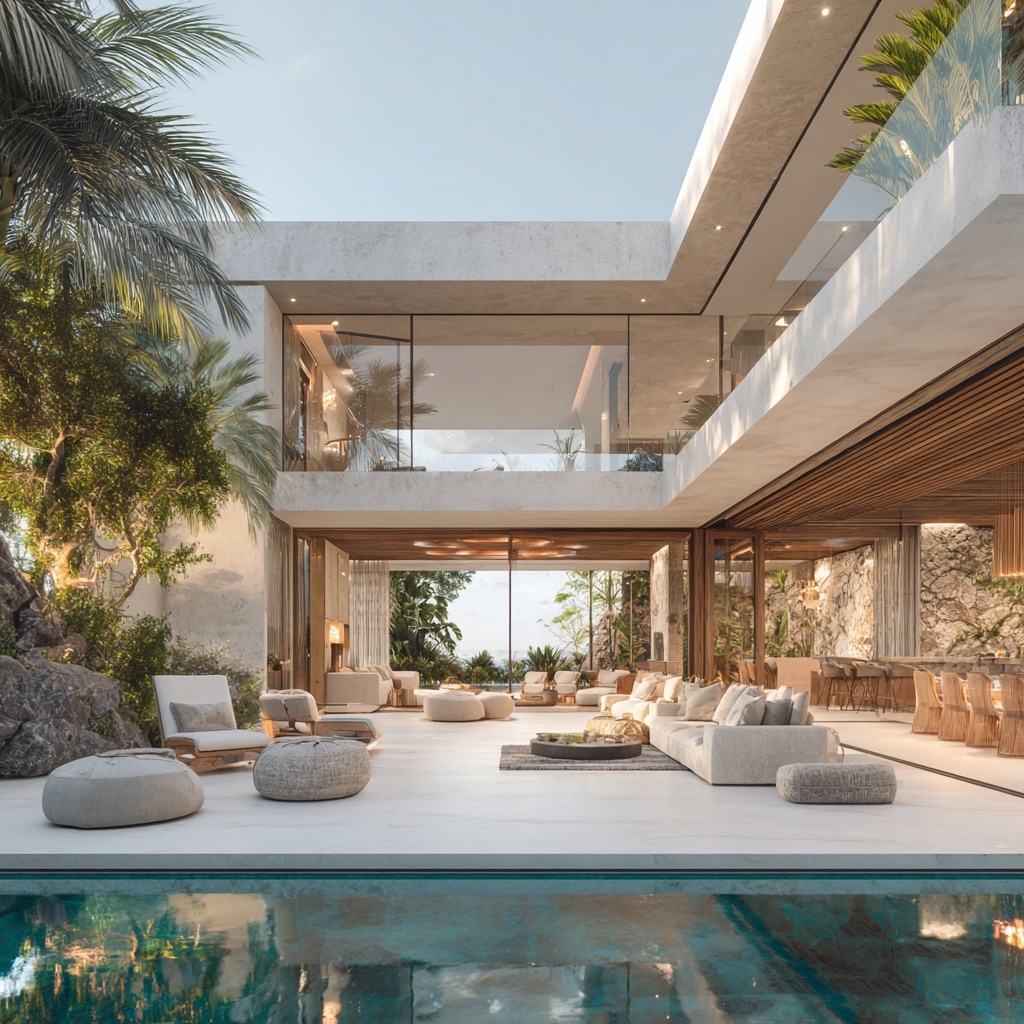
Miami has always been a city of bold bets — ocean views, fast money, and glamorous towers rising from the coastline. But as we move deeper into late 2025, the question echoing through open houses and investor calls is getting louder:
Is Miami’s real estate boom turning into a bubble?
Let’s break down what’s really happening behind the glossy listings and record-setting sales.
🔥 Why Miami Looks Overheated
1. Prices Have Outpaced Reality
Home prices in Miami have surged more than 70% since 2019, while local income growth has lagged far behind. According to the UBS Global Real Estate Bubble Index, Miami now ranks as the most bubble-prone city in the world, suggesting values have become disconnected from fundamentals like rent and wages.
2. Speculative Luxury Construction
From Bentley Residences to the Waldorf Astoria Tower, Miami’s skyline is exploding with branded, high-end condos. Many are being snapped up by international investors and high-net-worth buyers — but this demand can shift quickly if global markets tighten.
3. The Hidden Cost Squeeze
Soaring insurance premiums and HOA fees are making ownership dramatically more expensive. Some condo owners are now paying more each month for maintenance and insurance than for their mortgages. This kind of pressure can push vulnerable owners to sell and trigger price softening.
4. Rates Aren’t as Friendly
Even though mortgage rates are expected to ease slightly in 2025, they’re nowhere near the rock-bottom levels that fueled the 2021–22 frenzy. With higher borrowing costs, speculative appreciation becomes harder to justify.
💪 Why the Market Might Stay Afloat
1. Cash Rules Everything in Miami
Over 60% of home purchases in Miami are all-cash. That means far fewer people are over-leveraged — a key difference from the 2008 crash. Less debt means less forced selling when the market cools.
2. Global Demand Is Still Strong
Miami continues to attract wealth from Latin America, Europe, and the Northeast U.S. Many see it as a stable, dollar-denominated investment with lifestyle appeal. As long as that narrative holds, there’s a steady floor of demand.
3. Scarcity in Prime Neighborhoods
While condos are abundant, single-family homes in prime neighborhoods like Coral Gables, Coconut Grove, and Miami Beach remain limited. That scarcity continues to support values even as other segments cool.
⚖️ The Bottom Line: Not a Burst, But a Balancing Act
Miami’s real estate market is clearly overheated, but calling it a full-blown bubble is premature.
The city sits at a crossroads between exuberance and correction — vulnerable to external shocks, yet supported by real cash and long-term desirability.
If a correction comes, expect it to hit the luxury condo and speculative pre-construction markets first, with potential drops of 10–20%.
Meanwhile, waterfront homes and established neighborhoods will likely remain resilient, protected by scarcity and all-cash buyers.
🏠 What Smart Buyers and Investors Should Do
Focus on fundamentals. Don’t buy on hype — buy where people actually live and work.
Watch insurance and HOA costs. These can make or break profitability.
Be patient with pre-construction. Wait for projects with proven demand and solid financing.
Think long-term. Miami’s climate risk, insurance costs, and infrastructure will all shape value stability in the next decade.
🌴 Final Thought
Miami has been through booms and busts before — but this time, it’s more nuanced. The market is maturing, yet still flirting with danger.
Whether the city’s next chapter is a soft landing or a splashy correction will depend on global capital flows, local affordability, and how long buyers are willing to keep betting on paradise.
Miami no deja de sorprendernos, y Cannadelic Miami 2025 es el mejor ejemplo de cómo la ciudad se ha convertido en un punto de encuentro para quienes buscan transformar el mundo del bienestar, los psicodélicos y el cannabis consciente. Este innovador evento, que se llevará a cabo en el hermoso Miami Springs Golf & Country Club, reunirá a líderes de opinión, emprendedores y amantes de la salud holística en una experiencia que combina exposiciones, charlas educativas y oportunidades de networking únicas. Pero, ¿por qué Miami?
Miami siempre ha sido un imán para inversionistas, amantes del sol y quienes buscan un estilo de vida vibrante. Aunque zonas como Brickell y South Beach han sido protagonistas durante años, hoy los compradores más inteligentes están poniendo sus ojos en barrios emergentes que combinan gran potencial de inversión con alta calidad de vida.Si estás buscando comprar una propiedad o invertir en bienes raíces en Miami, estos tres barrios deben estar en tu radar:📍 1. Downtown Miami: El Nuevo Centro Urbano de LujoDowntown ha vivido una transformación impresionante. Hoy es un centro de lujo, cultura y tecnología con proyectos como...
